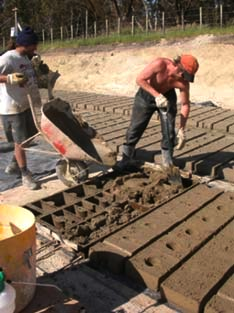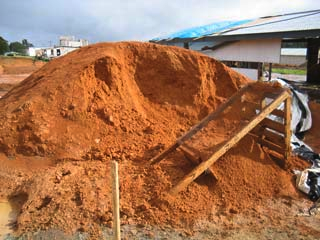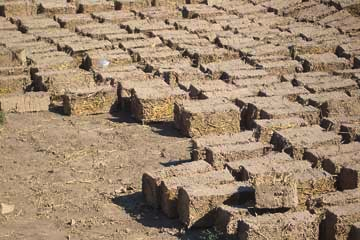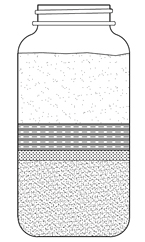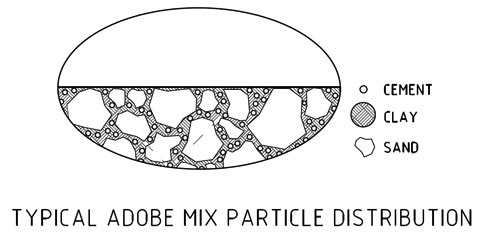Materials
- What is an adobe brick made of?
- Can I use the earth from my site?
- Can I use straw in my mix?
- Are there any simple field tests I can perform on the soil I have?
- How do the clay and sand work together to form a brick?
